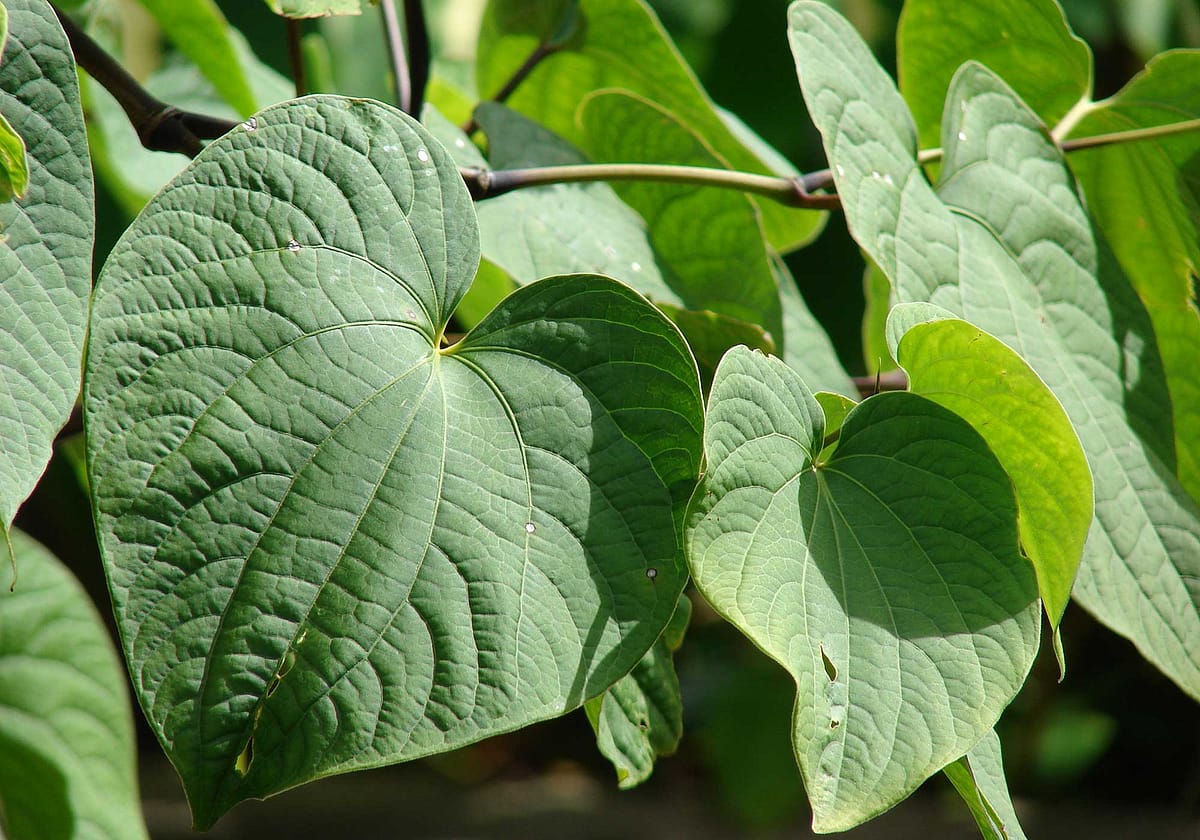What is Hawaii Kava?
Kava (known as ʻawa in the Hawaiian language) is a natural root beverage made from the dried and pulverized roots of the tropical shrub, Piper methysticum. It has traditionally been used for centuries in Polynesian culture primarily as a social and ceremonial beverage with therapeutic benefits. The drink has a mild anesthetic effect that numbs the throat and mouth causing pleasant sensations without affecting motor skills or cognition. It can be consumed both hot or cold and comes in various forms including capsules, tea, juice, tincture, powder, and even smoothies.
This soothing beverage has proven medicinal effects, including alleviating stress and anxiety, combating fatigue, and even recent studies showing kava may help prevent Alzheimer’s. Kava (pronounced “kah-vah”) is also used to treat migraine headaches and cramps. Best of all, the drink keeps the mind alert even as the body relaxes.
Why is Kava Significant to Hawaii
Kava has strong cultural significance in Hawaii. Historically, it was used to bring people together as a social drink and aid in peacekeeping efforts which is why it is sometimes referred to as the ‘Peace Drink’. In ancient times, Kava was also used for religious ceremonies and rituals as well as for healing purposes. Today, the beverage is an important part of the Hawaiian culture, having been embraced by multiple generations.
Pope John Paul sampled kava during a visit to the Pacific islands. So did former First Lady Johnson. And although it was consumed for centuries by Polynesians, it was only during Captain Cook‘s voyage to the Pacific in the 18th century that the outside world discovered it.
History of Kava in Hawaii
Kava has been a major part of Hawaiian culture since ancient times. In Hawaiian culture, kava drinking was usually done during ceremonies, rituals, and gatherings of elders as it was seen mainly as a social beverage. A traditional kava ceremony includes the preparation of one large bowl of chewed kava with added water and is drunk communally. The drinker typically kneels down on a mat while consuming the shared drink which is served in half coconut shells and passed around in order.
It’s believed that Pacific islanders have been using kava for centuries. In many Pacific islands such as Fiji, Tonga and Samoa, the drink still holds an esteemed position in society and remains a source of medicine and as a relaxant.
According to Cook’s eyewitness account, Hawaiian natives chewed or pounded the root of the plant, then mixed it with water to produce a brownish, bitter brew for consumption.
Traditionally, kava is used in recreational and social gatherings. In many Pacific cultures, people were pardoned for their crimes after a kava ceremony. Sharing a bowl of kava was also often used to ceremoniously cement new friendships or relationships.
In Hawaii, kava (called “ʻawa” by Hawaiians) was commonly used until the end of the 19th century. The rising popularity of alcohol and increasing missionary influence both contributed to the curtailment of kava consumption. Today, kava is gaining in popularity and you can even try kava at one of the islands’ many kava bars.
In 1999, the kava industry took a hit. German authorities alleged that dietary supplements made from kava extracts were linked to 37 cases of liver problems. As a result, in 2002, Germany banned the use of kava. Other nations followed. The controversy nearly crippled the kava industry worldwide.
A team of University of Hawaii researchers has since noted that South Pacific islanders have been drinking kava for 3,000 years with no evidence of acute liver problems. However, UH scientist C.S. Tang added that a natural toxin called pipermethystine is found in the plant’s stem peelings and leaves. He warned that these parts of the plant should not be consumed. Drinking kava the traditional way, he said, is safe.
At the height of kava’s popularity, in 2001, Hawaii boasted 65 farms and earned about $585,000 in crop revenues. Today, there are still a handful of companies specializing in kava, including Kauai Kava, which has been offering kava and other ethnobotanical offerings since 1996. No stems or leaves are used in their products.
What Benefit Does Hawaii Kava Provide?
Hawaiian Kava is known to provide stress-relief, relaxation, and improved focus. It has been observed to contain compounds that are capable of treating a number of physical maladies including digestive disorders, chronic pain, headaches, and musculoskeletal issues. Furthermore, it has sedative properties that could potentially be harnessed for medical use in the treatment of anxiety and insomnia.
Where Can I Buy Hawaii Kava?
Hawaii Kava can be found in both physical and online stores. You can purchase Hawaiian Kava through traditional herbal apothecaries or health food stores. Online, you can find a wide variety of Kava vendors, who specialize in selling high-quality brands that are sourced responsibly from Hawaii and other South Pacific islands.
